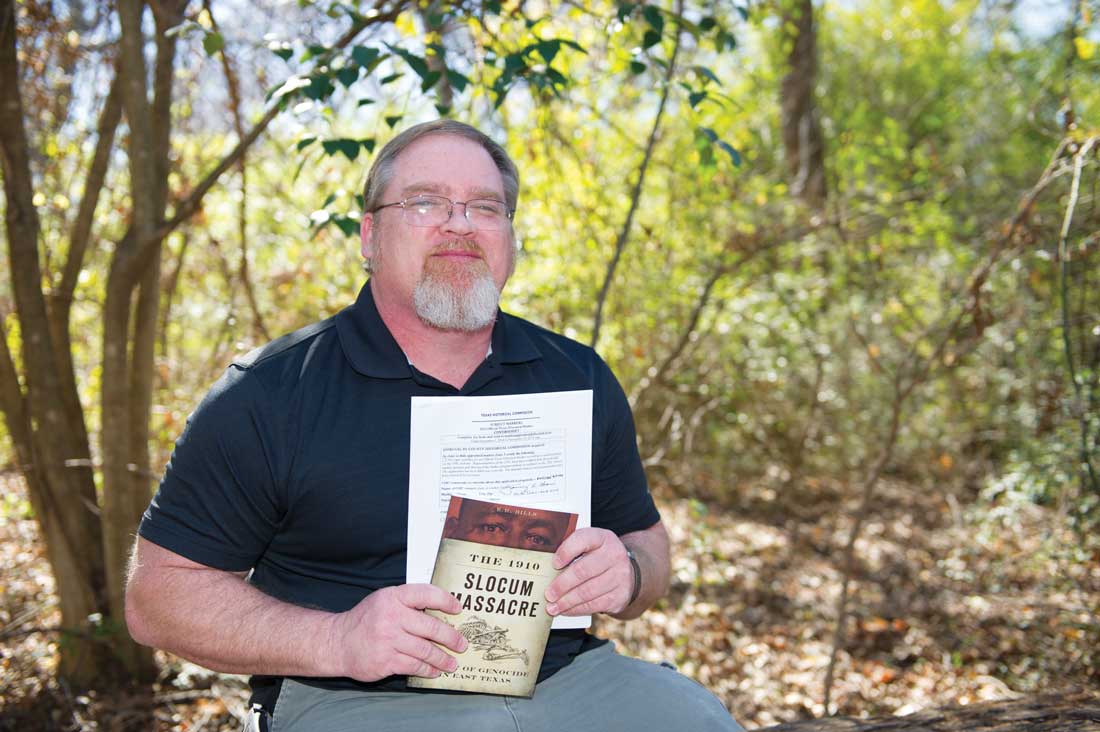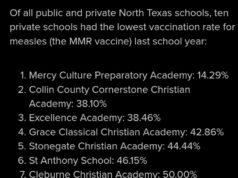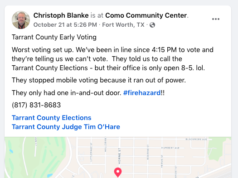You might say that the sheriff’s office in Anderson County is about to reopen a century-old murder case — or possibly hundreds of murder cases.
The idea isn’t to catch the killers, who are long dead. The hope instead is to find out more about just what happened around an East Texas town in 1910 and to give proper burial to the victims.
The murders of dozens and possibly hundreds of unarmed black men, women, and children in and around the unincorporated town of Slocum was one of the darkest moments in Texas history. Many white community leaders clearly hoped it would fade into history, and it might have, if not for the efforts of Aledo-based writer E.R. Bills and Dallas schools administrator Constance Hollie-Jawaid. Despite obstruction by Anderson County officials and others, the Texas Historical Commission last month approved a historical marker describing the tragedy, as requested by Bills and Hollie-Jawaid.
Bills is the author of The 1910 Slocum Massacre: An Act of Genocide in East Texas. Hollie-Jawaid lost family members in the massacre.
Now, thanks to a growing awareness of the Slocum Massacre and an offer of help from an East Texas professor, the bodies of victims may finally be located. Old newspaper reports and stories handed down through the years have described several mass graves. With the aid of letters from area physician T.J. Hays, who fought unsuccessfully in the 1980s for recognition of what happened in Slocum, Bills and Hollie-Jawaid have found the likely site of one such grave on the grounds of the now-closed Silver Creek School. According to the stories, the killers chose the playground because the earth there was soft.
With the help of the sheriff’s office, Hollie-Jawaid found and spoke to the landowner last week, who said he’d heard the same stories about a possible grave on the land where he grew up. Hollie-Jawaid said the owner gave her access to his property and permission for excavations. Friends of Bills contacted Dr. George Avery at Stephen F. Austin State University, and he offered his time and the university’s equipment, including a ground-penetrating radar device, to help locate the bodies. On March 11 Avery and forensic archaeology students from SFA will begin the on-site work of finding and excavating the graves.
“We want to make it right, so these victims can rest with families,” Hollie-Jawaid told Static. Her family lost seven relatives in the massacre. “The remains are just out there, and you don’t know where. It’ll be nice to give them a plot with their family.”
Bills said the effort could shed light on the scope of the massacre. “All the accounts said hundreds of white men were killing as many black people as they could find,” he said. The work of uncovering all the burial sites could take years, but it has to be done, he said.
Patience and hard work are paying off for her family, Hollie-Jawaid said.
“When we started, we were shunned, laughed at,” she said. “Lately, we’ve been getting this groundswell of support, and it’s been surreal. I feel really good knowing one of Texas’ dirty little secrets is no longer a secret.”












